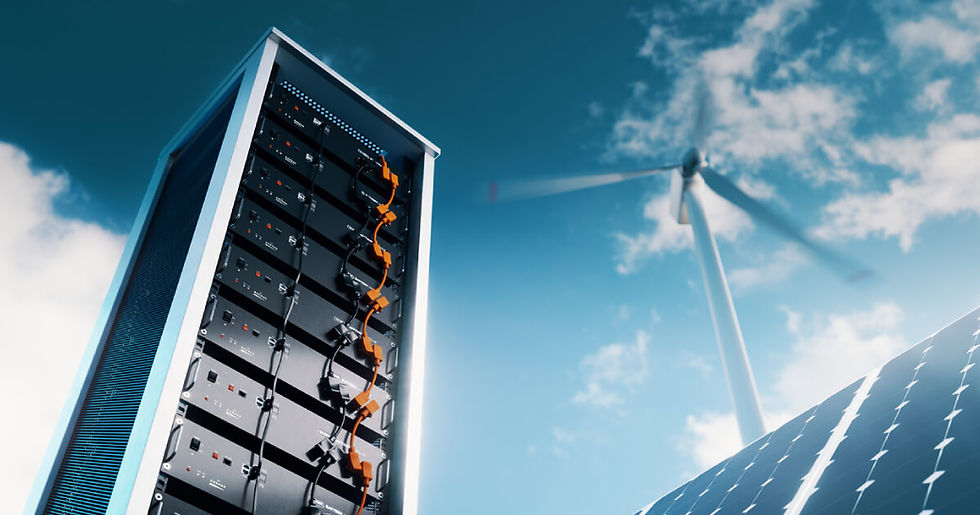A Net-Zero Emissions Technology
- McKinsey Electronics

- Sep 16, 2022
- 2 min read
Updated: Aug 7

The unprecedented demand for electronic chips has disrupted the status quo of the semiconductor industry on a global scale as early as 2021. Chips are eventually becoming an integral tool that is incorporated within most technological devices such as smartphones, IoT systems, digital infrastructures, and more. However, semiconductor manufacturing comes at a significantly high price. It requires large amounts of energy and water and generates great amounts of hazardous waste. Thus, big players and manufacturers are in a quest to lessen the environmental impact of this matter through the process of decarbonizing the supply chain and products, as well as decreasing the carbon footprint emission and GHG (greenhouse gas) released in the production phase.
Consequently, to reach a net-zero emission by 2040, “the whole semiconductor value chain to join forces to cut back on the semiconductor industry’s environmental footprint. It combines imec’s strong partner ecosystem, insights in processing technology, infrastructure, and machinery to provide partners across the semiconductor value chain insight in the environmental impact of certain choices made at the chip technology’s definition and production phase. “Accordingly, a set of strategies are implemented by the industry’s key players. These strategies include a set of robust carbon reduction measures that adhere to renewable energy in global operations and zero direct CO2 emissions from electricity. This issue paved the way for a common goal execution between governments and semiconductor fabs in a joint effort to accelerate renewable energy development and the purchase of green electricity. However, certain risks may arise to impact the quality of these boards.

One potential hazard that might threaten the effectiveness of these conductors is the drastic impact of climate change. To avert these effects, solutions must be applied such as water conservation alongside water stress techniques and reservoirs’ water-level monitoring. A huge quantity of ultra-pure water is required for the semiconductor manufacturing process. A typical semiconductor facility utilizes two to four million gallons of water per day. To reduce water usage, various systems are being used to help ramp up wastewater recycling, decrease the water discharge from the system, reduce the facility system water consumption as well as enhance the water production rate. Accordingly, the Taiwanese semiconductor foundry TSMC was able to preserve 3.28 million metric tons of water in 2019 by applying these painstaking strategies.
Since climate change had and will continue to inflict extreme life-threatening disruptions on all levels, semiconductor companies have set definite goals to reduce their gas emissions. International companies such as Apple, Google, and Microsoft have committed to reaching net-zero emissions in very tight timelines— along with the assistance of some private initiatives and government funding programs.


